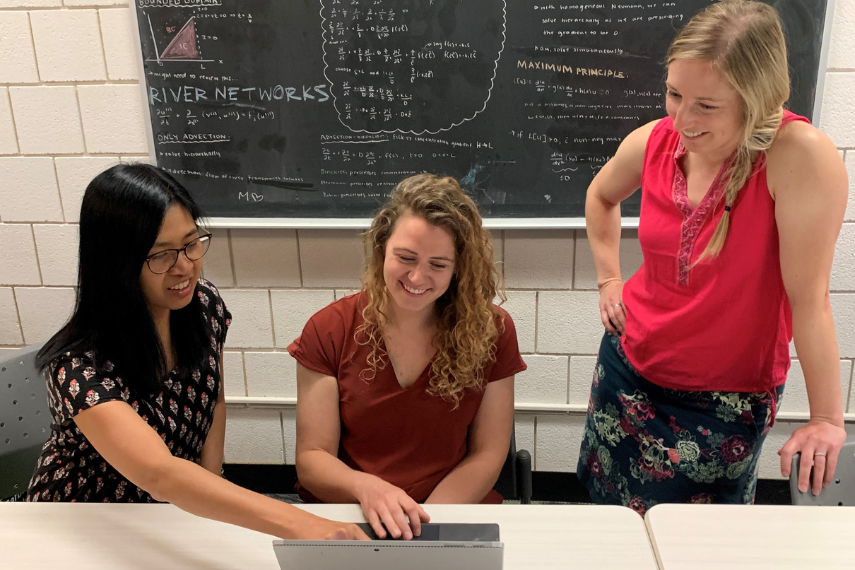Statistical Models Can Alert Us To Approaching Influenza Epidemics

Due to our recent experience with the COVID-19 pandemic, it is perhaps clearer than ever that accurate and early detection of epidemics is of critical importance. When the first signs of an epidemic arise, measures can be put into place to help mitigate the spread of illness. This may include public health messaging to wash your hands, stay home if unwell, and reminders to get vaccinated. However, the effectiveness of these measures depends on a timely identification of an approaching epidemic.
Historically, student absences from elementary schools have been used as an early warning sign of seasonal epidemics, like influenza. When 10% of the school population is absent (ruling out known factors like field trips), an alarm is raised by Public Health and measures to help curb the spread of illness are initiated. This system has its limitations, since students may be absent for reasons other than illness that are unaccounted for.
Raising the Alert
Wellington-Dufferin-Guelph Public Health (WDGPH) officials wanted to know if a statistical model could be used to better predict an approaching influenza epidemic. Previously studied models have been successful in correctly identifying an approaching epidemic better than the traditional 10% absent threshold, but do not necessarily provide enough time to allow for action.

Professors Dr. Lorna Deeth and Dr. Zeny Feng, together with their graduate student Kayla Vanderkruk from the Department of Mathematics and Statistics at the University of Guelph, worked with WDGPH to devise a new metric for evaluating current models for detecting incoming seasonal influenza epidemics. The detection models were trained using school absenteeism data collected by WDGPH from 88 regional schools and lab-confirmed influenza case data since 2008. The new metric can also serve as a model selection and tuning parameter optimization tool. The method was tested and evaluated based on the accuracy and timeliness of the epidemic alerts raised.
The team also developed a school absenteeism and influenza confirmed case data simulation procedure based on regional population demographics. The goal was to better evaluate the proposed method and facilitate research when school absenteeism data is not available, such as during the COVID-19 pandemic. “There’s often missing data in real data sets,” explains Deeth. “A simulation study allows us to compare models in an ideal scenario with good data.” Results from the team’s simulation and real data study showed that their metric could be used to successfully select a model that predicts influenza epidemics more accurately and timely than traditional methods.
Putting the Model to the Test
The metrics and methods developed by Deeth, Feng, and Vanderkruk could be implemented by WDGPH to help effectively detect influenza epidemics. With some modification, the team believes the model could be generalized to include other illnesses, such as COVID-19. “We want to enrich the model to incorporate multiple diseases,” says Feng. “Hopefully statistics can be used to help solve these practical problems.”
This work was supported by Natural Sciences and Engineering Research Council of Canada (NSERC) Discovery Grants.
Vanderkruk, K. R., Deeth, L. E, Feng, Z., Trots-Williams, L. A. ATQ: alert time quality, and evaluation metric for assessing timely epidemic detection models within a school absenteeism-based surveillance system. BMC Public Health. 2023, 23 (1), 850. doi: https://doi.org/10.1186/s12889-023-15747-z